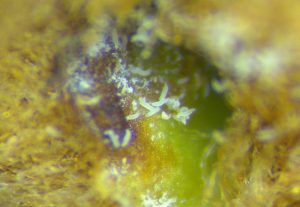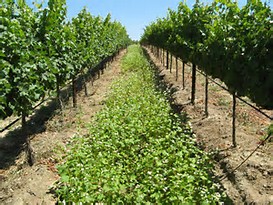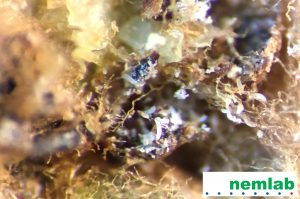Bud fruitfulness
A handy tool for grape producers is the determination of bud fertility or fruitfulness. The information obtained through this analysis will help producers to determine how long the bearers must be that they need to prune to ensure profitable yields.
The bud fertility as determined in this test is, however, only an indication of how many bunches are present in a bud at the time of analysis.
Many factors can influence the amount of bunches that will develop, eg climatic conditions, soil moisture and nutrient shortage. If conditions are unfavourable, tendril might develop in the place of bunches.
- Samples should be taken after leaf fall, but before or during pruning.
- Sample 10 shoots per hectare, each with 16 buds.
- The samples should be kept cool and out of direct sunlight. They should not dry out.
Bud mite analysis
The grapevine bud mite is microscopically small. The developmental tempo of the mite is influenced by the amount and quality of its nutrient intake, as well as the temperature.
The mites crawl around and they can be wind-borne or mechanically distributed, thus machinery and vineyard workers may also distribute the mites.
Primary buds may be killed and may result in uneven bud burst and therefore lower yield.
- Samples are taken after leaf fall, but before or during the pruning.
- Sample 12 shoots per hectare
- Each shoot must contain the bottom six buds (nearest the cordon).
Control measures
Several chemical products are available for grapevine bud mite control. These products must be applied the week after bud burst (approximately 2 cm shoot length), and again two weeks later, when the mites migrate.
Sauvignon blanc, Cabernet Sauvignon, Ruby Cabernet and the muscat cultivars are very susceptible to grapevine bud mite.
Information adapted from ARC Nietvoorbij-Infruitec information pages and a WineLand publication of May 2011.




